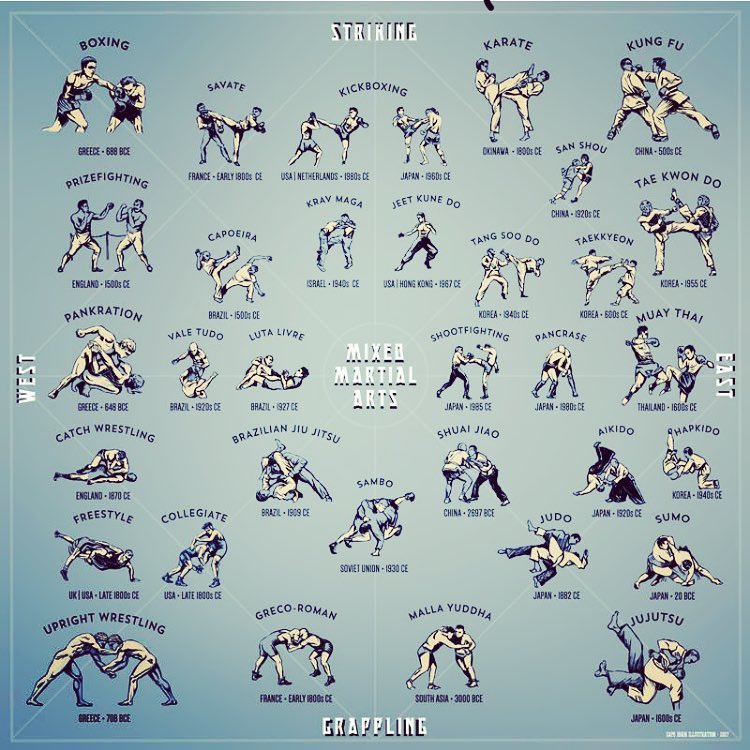Comprehending The Essential Distinctions In Between Typical Martial Arts And Modern Fight Sports
Comprehending The Essential Distinctions In Between Typical Martial Arts And Modern Fight Sports
Blog Article
Short Article Created By-Keith Finnegan
When you consider martial arts, do you lean much more towards the traditional techniques or the contemporary fight sports? Each course supplies special advantages and experiences, shaped by their philosophies and training approaches. Conventional martial arts highlight individual growth and self-control, while modern combat sports focus on competitors and efficiency. Recognizing these differences can assist you in choosing the appropriate strategy for your journey. Yet exactly how do these distinctions show up in training and ideology?
The Ideology and History Behind Standard Martial arts
While lots of people link martial arts with physical combat, the philosophy and background behind standard martial arts run much deeper. You'll find that these self-controls highlight individual growth, self-control, and respect.
Stemming from ancient techniques, standard martial arts were often established for Self-Defense and spiritual growth. They personify concepts such as balance, harmony, and self-control, leading practitioners past mere battling abilities.
As you train, you'll not only discover methods but also get understandings into the culture and worths that shaped these arts. The rituals and traditions, typically given through generations, foster a sense of area and belonging.
The Competitive Nature of Modern Fight Sports
Modern battle sporting activities have changed the landscape of martial arts into a highly affordable field, where athletes challenge in an examination of ability, method, and endurance.
You'll see that competitions are frequently arranged with stringent policies and regulations, making sure justice and security. martial arts for bullying attract huge target markets, sustaining the exhilaration and strength of matches.
Professional athletes train rigorously, not just for physical prowess but likewise for mental durability, knowing that every information counts in the ring. The adrenaline rush throughout competitors is apparent, as competitors push their restrictions to declare victory.
Followers value the athleticism and artistry included, making modern-day battle sports a thrilling spectacle that remains to evolve and astound fanatics around the world.
Training Approaches and Methods: A Comparative Analysis
The affordable ambience of modern-day combat sporting activities needs ingenious training techniques that vary substantially from typical martial arts.
In modern training, you'll concentrate on specific strategies, competing, and conditioning, commonly utilizing drills that imitate genuine fight circumstances. You'll see a focus on measurable efficiency and frequent competition to analyze your skills.
On the other hand, typical martial arts prioritize forms, katas, and philosophical trainings, often emphasizing discipline and regard over competition.
Training is generally much less extreme and might involve recurring technique instead of real-time sparring.
While both methods develop ability and physical fitness, modern-day combat sports give an extra dynamic and versatile training environment, preparing you for prompt challenges in the ring or cage.
Choose https://conandaily.com/2019/10/10/andy-hata-one-century-%E4%B8%96%E7%B4%80-will-showcase-japans-rich-martial-arts-history-tradition/ that aligns with your objectives and passions.
Verdict
In choosing between conventional martial arts and modern-day fight sports, it actually boils down to what you value a lot of. If you're searching for individual growth, technique, and a sense of community, typical arts might be your best fit. But if you prosper on competition and real-time obstacles, contemporary battle sports could be the means to go. Ultimately, both courses offer special advantages, so it's all about aligning your training with your personal goals and interests.
